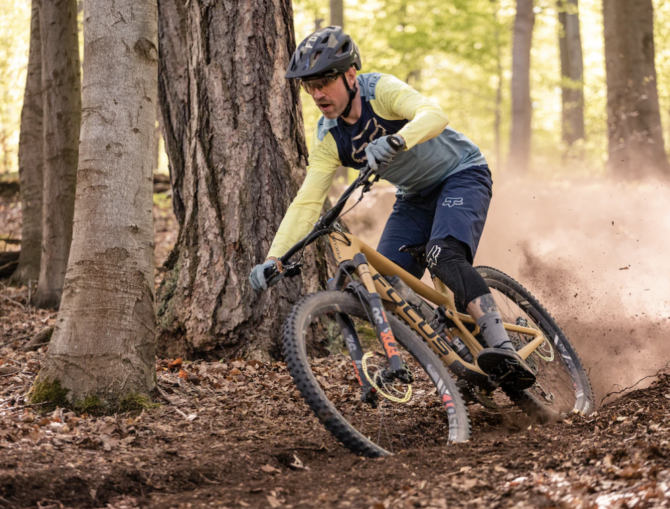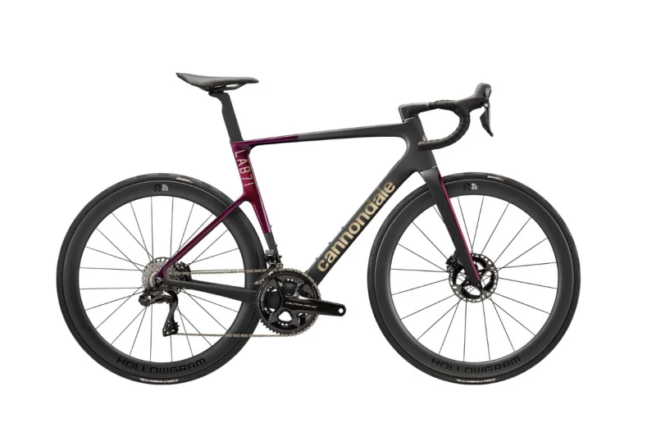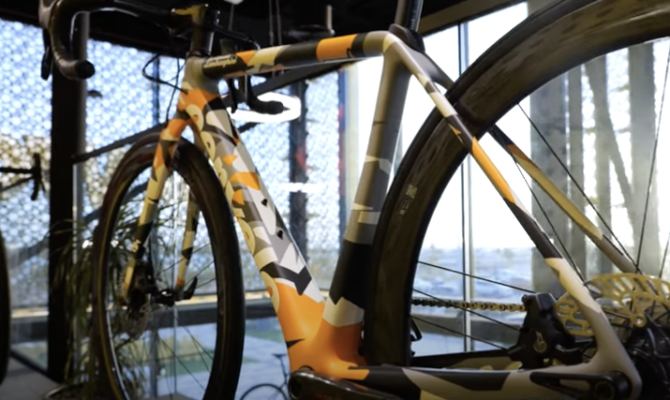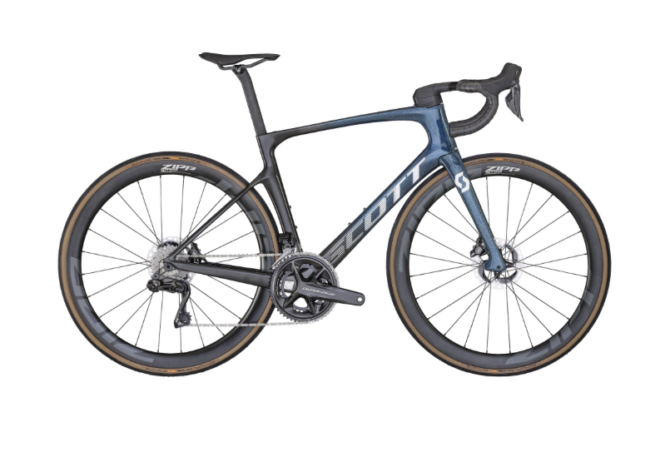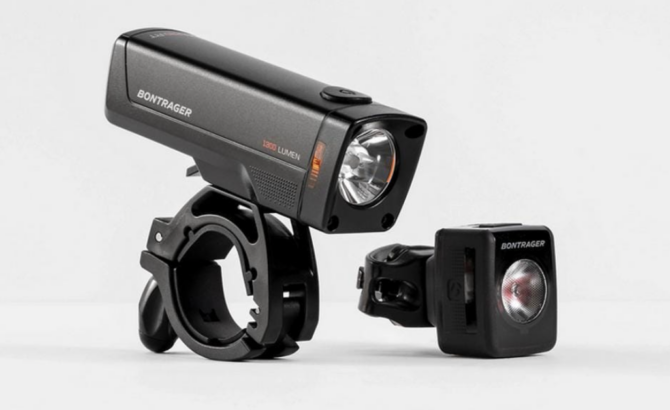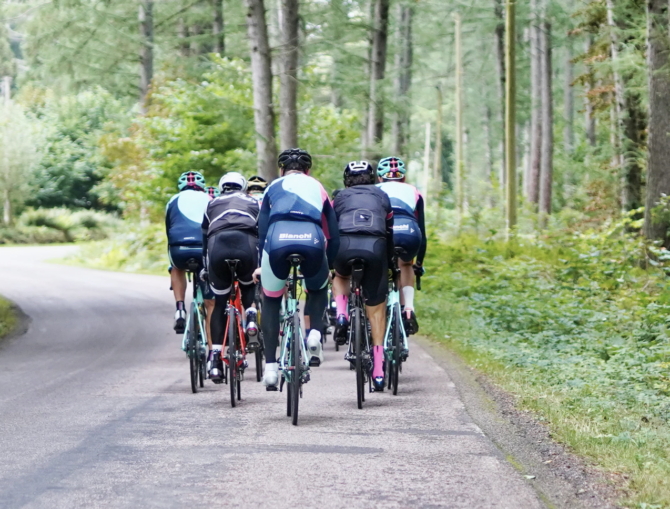From BikeMag.com
By Emily Morgan
Do you feel like you need a confidence boost when you’re on your mountain bike? One TikToker (@fifeandflow) is breaking down all the tips and tricks to feeling self-assured the next time you hit a trail.
In the clip, she covers three main points to get your mojo back when you’re behind your handlebars. Check out the clip below to see if any of the tips could benefit your riding.
First, she points out something you may be doing but has no idea you’re doing despite it being relatively simple. For example, as she describes, some mountain bikers make it a bad habit of looking down while riding. This can make you react to the trail instead of looking ahead to plan. Instead, she recommends shifting your eyes farther down the trail, which could make a huge impact.
Secondly, she wants riders to be mindful of their tires. For instance, bald tires or inappropriate pressures may hold you back on your ride. In addition, she points out that it’s essential to have enough tread on your tires as well as the proper support to set yourself up for success. Getting the right grip could make or break your ride.
Photo by Axel Brunst on Unsplash

